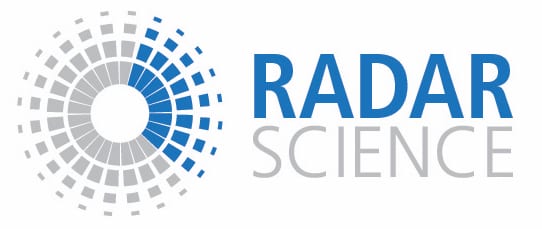Roger Lhermitte
A short tribute to a true Doppler fan
Roger Lhermitte’s hard work and vision for six decades provided the atmospheric radar community with very much, and he was an inspiration for many of us. Roger was always leading, not following. The historical research (Steiner and Meischner, 2002; Brown and Lewis, 2005; Kollias et al., 2007) indicates that the engineering prowess and mentorship of Roger Lhermitte was at the heart of cm- and mm-wavelength Doppler radar developments. Among Roger’s accomplishments are the following:
- pioneered the development of weather radar;
- designed and built the first pulse-pair processor that revolutionized Doppler weather radar research;
- shared his pulse-pair processor design with NCAR, which made the technology available for the broad community to use;
- pioneered multiple-Doppler radar measurements of three-dimensional kinematic fields (Lhermitte, 1964; Lhermitte, 1970)
- pioneered the development and demonstrated the use of 3-mm radar for cloud studies (Lhermitte, 1987)
- discuss the potential of millimeter-wavelength radars in space
- introduce Rayleigh/Mie scattering and absorption at mm-wavelengths and showcase their advantages including the Mie scattering notches in the radar Doppler spectra (Lhermitte, 1990; Kollias et al., 2002)
Not to forget that he did significant work during the same period in underwater Doppler sonar research: measurements of water motion and turbulence, tidal flow measurements, measurements in a water flume (Switzerland), clear water backscattering and water turbulence, boundary layer, Reynolds’ stress (Lhermitte and Serafin, 1984).
While Roger’s contributions to radar meteorology were truly pioneering, it was my personal pleasure to see how his work on cloud radars impacted his own scientific work and the field in general. Since those early days when they were working with Roger, the number of cloud radars that are operating in the atmospheric science community has increased substantially due in no small part to Roger’s foresight (Kollias et al., 2016). And while Roger is no longer with us, his impact on Kollias and his colleagues has not been forgotten. We celebrate his genius. He was a true pioneer and a treasured and respected colleague.
References:
Brown, R. A., and J. M. Lewis, 2005: Path to NEXRAD: Doppler radar development at the National Severe Storms Laboratory. Bull. Amer. Meteor. Soc., 86, 1459–1470
Kollias, P., B. A. Albrecht, and F. Marks Jr., 2002: Why Mie? Accurate observations of vertical air velocities and raindrops using a cloud radar. Bull. Amer. Meteor. Soc., 83, 1471–1483, doi.org/10.1175/BAMS-83-10-1471
Kollias, P., E. Clothiaux, M. Miller, B. Albrecht, G. Stephens, and T. Ackerman, 2007: Millimeter wavelength radars: New frontier in atmospheric cloud and precipitation research. Bull. Amer. Meteor. Soc., 88, 1608–1624, doi:https://doi.org/10.1175/BAMS-88-10-1608
Kollias, P., Clothiaux, E. E., Ackerman, T. P., Albrecht, B. A., Widener, K. B., Moran, K. P., Luke, E. P., Johnson, K. L., Bharadwaj, N., Mead, J. B., Miller, M. A., Verlinde, J., Marchand, R. T., and Mace, G. G.: Development and Applications of ARM Millimeter-Wavelength Cloud Radars, Meteor. Mon., 57, 1–19, 2016
Lhermitte, R., 1964. Doppler radars as severe storm sensors. Bull. Am. Meteor. Soc., 45 (9), 587‐596
Lhermitte, R., 1970: Dual-Doppler radar observation of convective storm circulation. Preprints 14th Conf. Radar Meteor. Tucson, Amer. Meteor. Sco., 139-144.
Lhermitte, R., and R. Serafin, “Pulse-to-pulse coherent Doppler sonar signal processing techniques,” J. Atmos. and Ocean. Technol., vol. 1, pp 293-308, 1984
Lhermitte, R., 1987. A 94 GHz Doppler Radar for Cloud Observations. J. Atmos. Ocean . Tech. , 4 (1), 36‐48.
Lhermitte, R., 1990: Attenuation and Scattering of Millimeter Wavelength Radiation by Clouds and Precipitation. J. Atmos. Ocean Tech. , 7 , 464‐479
Steiner, M. and P. F. Meischner, 2002: The 30th International Conference on Radar Meteorology, Bull of Amer. Meteor. Soc. https://doi.org/10.1175/BAMS-83-11-1649





